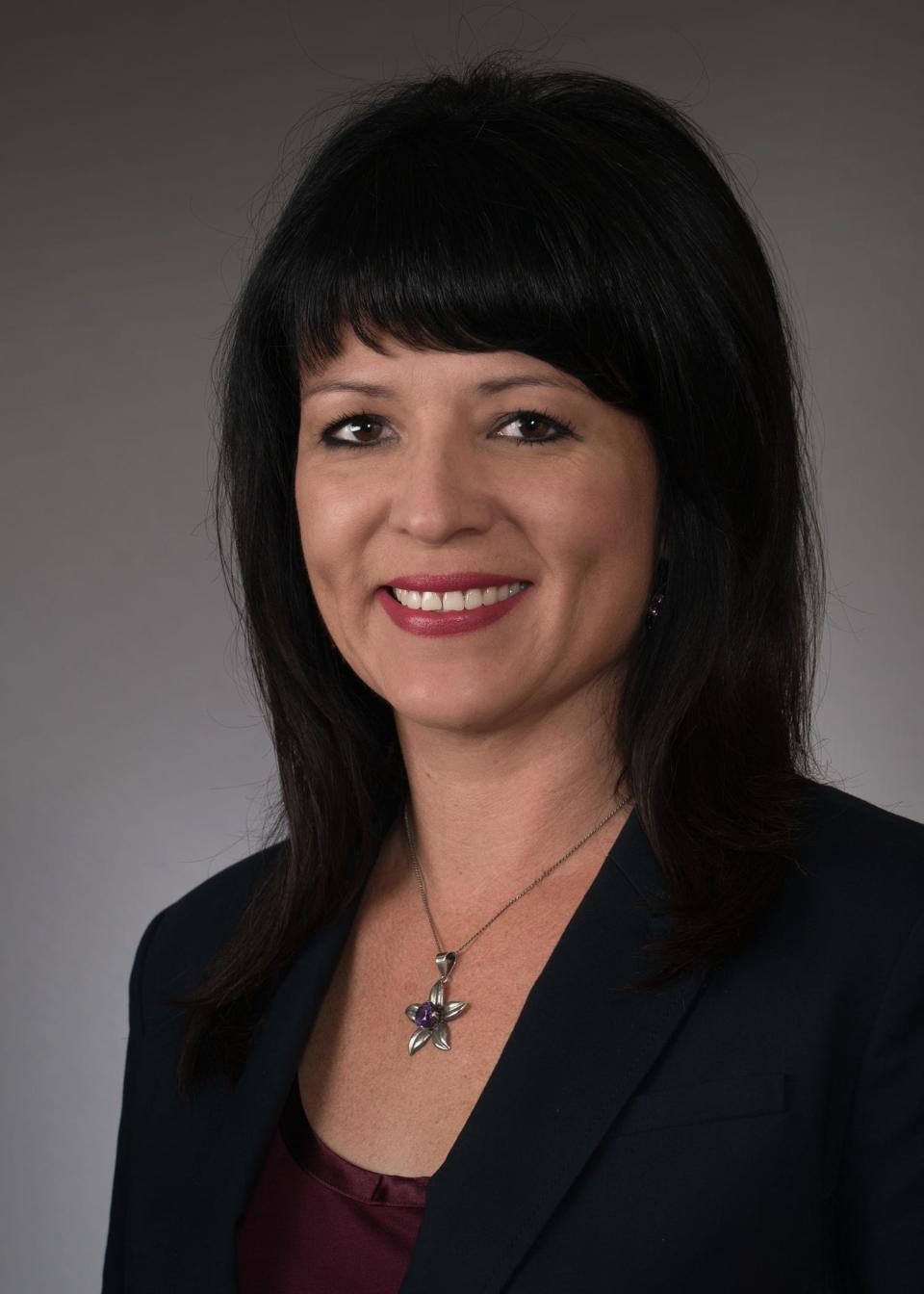SBA: Simple steps to creating a disaster recovery plan
History has shown that 25% of businesses that close because of a disaster never reopen. Following the COVID-19 pandemic, tens of thousands of small businesses nationwide never recovered and simply closed their doors forever. Many of us have seen the devastation wildfires, floods, and tornadoes can have on a business community and the years of recovery which ensued. The golden rule for disaster preparedness is to increase awareness, develop action plans, and practice them regularly. Now is the time to create a useful disaster recovery plan and the U.S. Small Business Administration (SBA) can help.
Natural and man-made disasters can have devastating impacts on a community. One of this region’s most destructive disasters unfolded the night of Sept. 9, 2013, when over 10 inches of rain fell in a 24-hour period, devastating Boulder, CO, and several surrounding areas. Flash floods killed eight people and inflicted damage on nearly 20,000 homes and hundreds of small businesses. Unfortunately, Colorado is prone to a variety of natural disasters including floods, drought, tornadoes, and wildfires. It was just one year ago that the Marshall Fire destroyed or damaged over 1,000 homes and 30 businesses in Boulder County and surrounding areas.
Establishing a disaster recovery plan makes good business sense. Being prepared for any kind of emergency means you’ll rebound sooner with less impact to your financial capabilities. Creating a recovery plan can provide you and your employees peace of mind in knowing what to do in case a disaster strikes. The following are four critical steps a small business owner can take to prepare for a possible disaster.
Review your business insurance to determine what is encompassed in the policy and is it sufficient to cover possible losses. Understand that most business policies do not cover flood damage. Check into business interruption insurance, which covers operating expenses if you’re forced to temporarily close. Review if your policy covers business shutdowns caused by events like pandemics and other health emergencies.
Develop professional relationships with alternate vendors just in case your primary supplier isn’t available. Place occasional orders with them so they’ll regard you as an active customer. Create a contact list for important business contractors and vendors you plan to use in an emergency. Keep this list with other documents in an easily accessible place at a protected off-site location.
Create a crisis communications plan to communicate with your staff, customers, vendors, and contractors following a disaster. Secure primary and secondary email addresses for your contacts and make sure this list is updated regularly. Utilize social media channels to provide real-time updates to your customers and community about the status of your business.
If you sell goods, art, innovative technology, or manufactured products your inventory may be your most valuable asset. Have a plan to relocate your most valuable inventory during an emergency. Finally, your inventory can also be your data. Ensure your business data is secured in the cloud and backed up on a removable storage device that is grab and go.
Following a declared disaster, the SBA helps rebuild communities by providing affordable, timely, direct loans to businesses of all sizes, nonprofits, homeowners, and renters to cover uninsured losses. Developing a workable disaster recovery plan is critical for all entrepreneurs and homeowners. For more information on SBA’s disaster assistance programs visit www.sba.gov/disaster and remember to follow us on Twitter @SBARockymtn.

Aikta Marcoulier is the SBA’s regional administrator in Denver. She oversees the agency’s programs and services in Colorado, Montana, Utah, North Dakota, South Dakota, and Wyoming. Frances Padilla is the SBA’s Colorado district director.
This article originally appeared on The Pueblo Chieftain: SBA: Simple steps to creating a disaster recovery plan

